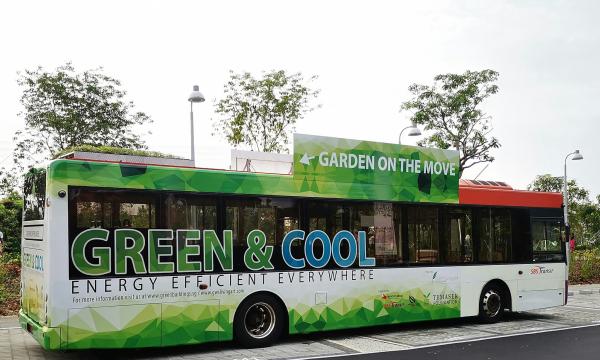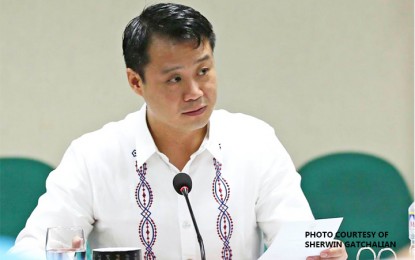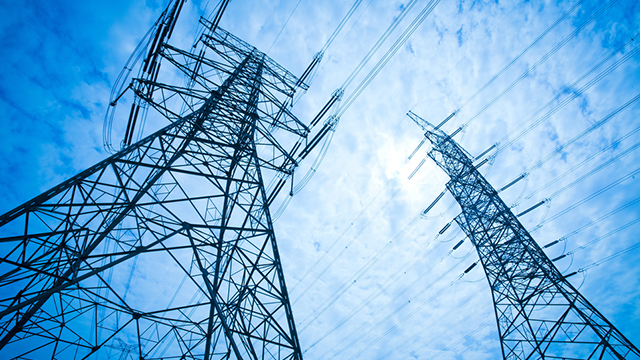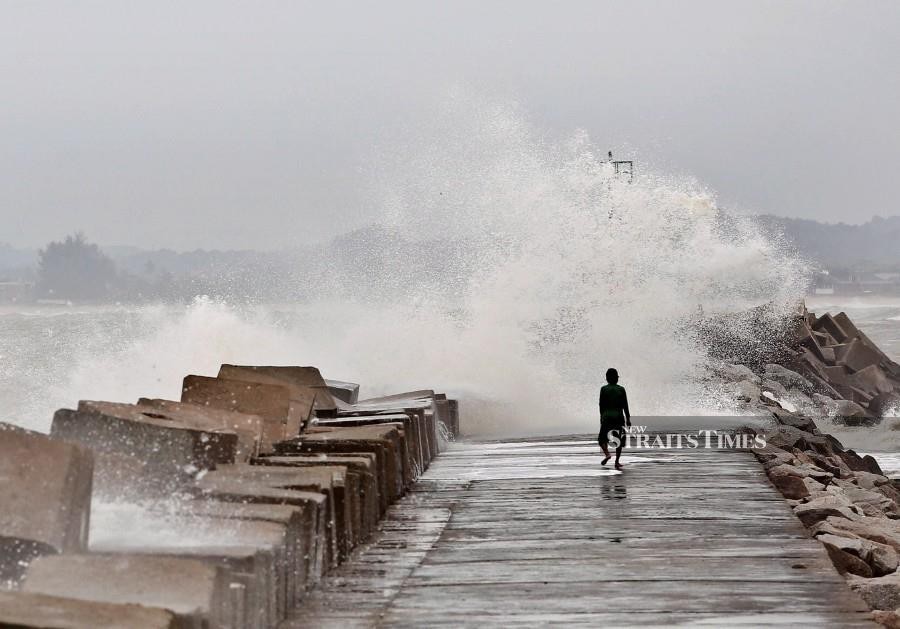MANILA, Philippines (UPDATED) – The Supreme Court (SC) ordered the Energy Regulatory Commission (ERC) and companies to subject their power supply agreements (PSAs) to the Department of Energy (DOE)-mandated competitive selection process.
This means that prior self-negotiated deals are now considered ineffective as basis to determine the rates to be charged to consumers.
The SC en banc, voting 10-2-1, ruled that “all deals or PSAs submitted by distribution utilities or the power companies to the ERC on or after June 30, 2015, must undergo a competitive selection process.”
June 30, 2015, was when the DOE made effective its requirement for all PSAs to undergo a competitive selection process.
This will compel distribution utilities like the Manila Electric Company (Meralco) to enter into a competitive selection process instead of prior deals which advocates say could burden consumers for 20 years.
The decision stemmed from a November 2016 petition by the Alyansa Para sa Bagong Pilipinas that questioned ERC resolutions which effectively allowed power companies like Meralco to escape the competitive selection process and enter into self-negotiated deals instead.
Alyansa alleged that at the time, Meralco had 7 applications with the ERC which were results of self-negotiated deals. Alyansa said Meralco consumers could be burdened for 20 years because the deals would supposedly allow the firm to “pass on to consumers self-negotiated rates with sister generators,” when the Electric Power Industry Reform Act intended to provide the least cost to consumers.
Senior Associate Justice Antonio Carpio penned the resolution with 9 concurrences. Associate Justices Benjamin Caguioa and Andres Reyes Jr dissented, Associate Justice Francis Jardeleza abstained, while Associate Justice Alexander Gesmundo took no part as he was on official leave. (READ: Makabayan bloc asks Supreme Court to void Meralco bill deposits)
In a statement, the DOE said it welcomes the SC’s ruling, noting that the agency can now “move on” to other tasks at hand, particularly putting new power projects back on track to help augment the country’s power supply for 2020 to 2022.
“We sincerely hope the Supreme Court ruling ushers in a new era in power procurement – an era of true competition, where all deserving power suppliers with efficient technologies, low rates, and fair contract terms are welcomed into the market,” the DOE said.
Timeline
In 2015, the DOE issued a circular that required power companies to undergo a competitive selection process for their PSAs. The requirement was to take effect starting June 30 that year.
But on October 30, 2015, the ERC passed Resolution No. 13 and said that pending its issuance of prescribed steps for a competitive selection process, power companies may adopt any form of accepted competitive bidding. Resolution No. 13 also allowed direct negotiation after two failed competitive selection processes.
“More significantly,” the SC noted, Resolution No. 13 pushed the deadline to November 7, 2015, instead of June 30, 2015.
Then on March 15, 2016, the ERC issued Resolution No. 1 which pushed the deadline further to April 30, 2016, effectively delaying the implementation by 305 days.
Within that period, Meralco was able to file applications for the approval of deals before April 30, 2016, which Alyansa said “made a mockery of our own laws.”
SC ruling
The SC agreed, saying that “the ERC committed grave abuse of discretion amounting to lack or excess of jurisdiction when it unilaterally postponed the effectivity of the CSP (competitive selection process) requirement by issuing ERC Resolution No. 13 and ERC Resolution No. 1.”
“The ERC’s delegated authority is limited to implementing or executing [CSP] in accordance with the 2015 DOE Circular, not postponing CSP so as to freeze CSP for at least 20 years, effectively suspending CSP for one entire generation of Filipinos,” Carpio said in his ponencia, referring to the 20-year self-negotiated deals of Meralco.
Because of the ruling, “all PSA applications submitted by the DUs (distribution utilities) on or after 30 June 2015 were required to comply with the CSP in accordance with 2015 DOE Circular.”
“Thereafter, the Supreme Court further ordered that the power purchase cost after compliance with the CSP shall retroact to the date of the effectivity of the PSA, but in no case earlier than 30 June 2015, for purposes of passing the purchase cost to the consumers,” the SC said.
It means that the deals signed after June 30, 2015, which according to Alyansa includes Meralco deals, can no longer be the basis to determine the purchase cost to be passed on to consumers. – with a report from Ralf Rivas/Rappler.com











